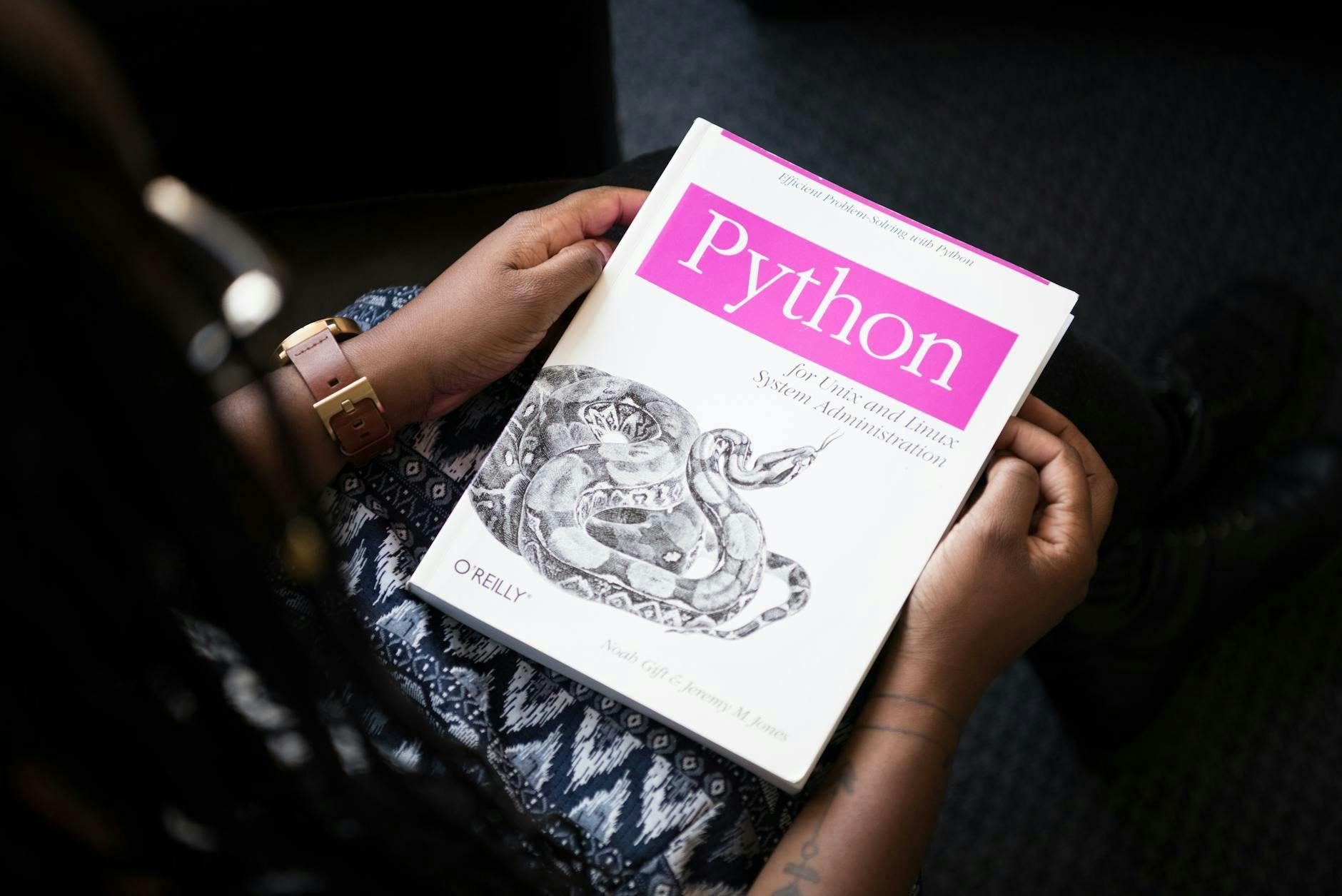Unit testing is an essential aspect of software development, ensuring that individual components of a system work as intended. Mocks have become a popular choice for isolating components and verifying interactions. However, the increased use of mocks can lead to hard-to-support tests and a loss of focus on actual business logic. Let’s explore how a Pythonic approach can help us write more maintainable tests.
The Overuse of Mocks:
Mocks are a crucial tool in the unit testing toolkit, but their overuse often leads to a series of unintended consequences:
- Tightly Coupled Tests: When tests rely heavily on mocks, they often become tightly coupled to the implementation details of the code. Even minor refactoring can break these tests therefore delaying software delivery.
- Lost Focus on Business Logic: Excessive mocking shifts the focus from verifying the correctness of the business logic to validating interactions. This reduces the overall effectiveness of the tests.
- False Sense of Security: Tests that overuse mocks can pass even when the actual system behavior is incorrect. They might confirm that certain methods were called but fail to verify if the correct outcome was achieved.
Mocks: A Mixed blessing
While mocks are undoubtedly useful, they should be used thoughtfully. Here are some practical guidelines:
-
Avoid Mocking Simple Data Structures: In Python, creating instances of classes or data structures is straightforward. Mocking such entities often adds unnecessary complexity. For instance, instead of mocking a
Userobject, simply instantiate it with sample data.class User: def __init__(self, name, age): self.name = name self.age = age # In a test: user = User(name="Alice", age=30) -
Be Cautious with Static Methods: Static methods or utility functions often indicate procedural code that can’t be easily isolated. If these methods are frequently mocked, it might signal the need to refactor the code into more modular and testable components.
-
Mock External Dependencies Only: Reserve mocks for dependencies that are outside the scope of the unit being tested, such as APIs, databases, or external services.
Functional Programming Principles: The Path to Mock-Free Tests
A key strategy for reducing reliance on mocks is adopting principles from functional programming, particularly the use of pure functions. A pure function is deterministic—it always returns the same output for the same input and does not produce side effects. This predictability makes pure functions ideal for unit testing.
Consider the following example:
# Pure function example
def calculate_total(price, tax_rate):
return price * (1 + tax_rate)
# Unit test
def test_calculate_total():
assert calculate_total(100, 0.2) == 120
This function is self-contained, requires no external dependencies, and can be tested without any mocking. By isolating core business logic into pure functions, developers can create straightforward tests that verify actual outcomes rather than interactions.
When Mocks Are Inevitable
Despite the advantages of minimizing mocks, there are scenarios where they are indispensable. For example:
- Testing Integration Points: When your code interacts with an external API, mocking the API’s responses allows you to test various scenarios without depending on the live service.
- Simulating Edge Cases: Mocks can simulate rare or complex conditions, such as network failures or specific error codes, enabling comprehensive testing.
In such cases, mocks should be used with clear intent and scoped carefully to avoid over-complication.
Designing for Testability
Ultimately, the key to reducing reliance on mocks lies in designing testable code. Here are some strategies:
-
Dependency Injection: Pass dependencies explicitly to classes or functions instead of hardcoding them. This makes it easier to replace real implementations with test doubles when necessary.
class OrderProcessor: def __init__(self, payment_service): self.payment_service = payment_service def process_order(self, order): return self.payment_service.charge(order.amount) # In a test: mock_service = Mock() processor = OrderProcessor(mock_service) -
Separation of Concerns: Break down complex systems into smaller, independent components. This modularity not only improves testability but also reduces the need for mocks.
-
Interfaces and Abstractions: Use clear abstractions to define the behavior of external dependencies. This allows tests to focus on the contract rather than the implementation.
Conclusion
Mocks are a powerful tool, if used with portability and supportability in mind. Over-reliance on them can obscure the purpose of tests and create unnecessary maintenance burdens. Implement unit tests to test business logic, not your ability to dubug a problems.


